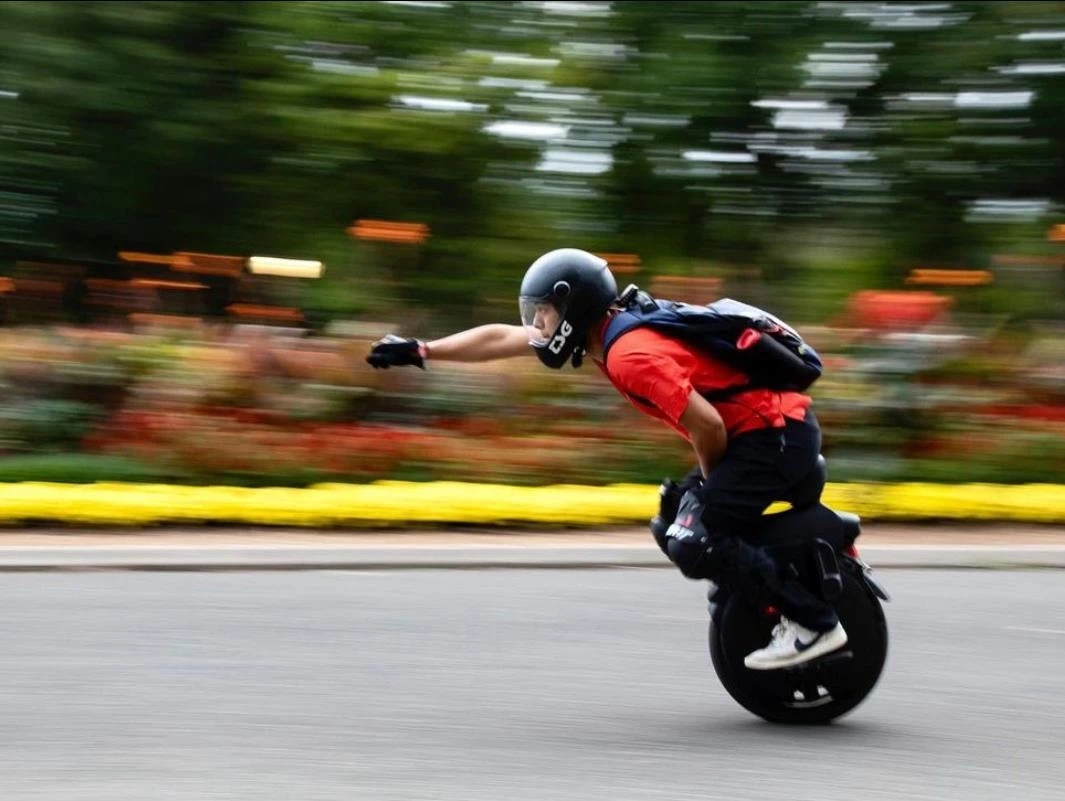Take one dynamically unstable, highly dangerous vehicle platform – the venerable quad bike – and juice it up with more than a thousand horsepower, and you've got an absolute widowmaker. But is it the ultimate widowmaker? Let's assess the competition.
I thought the Engler Superquad was "a barely rideable death machine" when I first saw it in 2019. Back then, it was pootling around on a paltry 850 horsepower out of its Audi-sourced 5.2-liter V10. But it seems in the march to production, Engler has managed to tease out a few more ponies. When the Engler Desat made its debut at last year's Salon Privé, it promised a dastardly 1,100 horses.
Now look, last time we updated our list of the world's most powerful production cars, there were some 26 hypercars out there making more than 1,100 horsepower. There are probably a few more, now. But all of those have seat belts and windscreens.

The Engler Desat has neither. You sit on the thing like a motorcycle, held in by an extravagant bump stop behind the seat as you hit the gas, passing 100 km/h (62 mph) in a conservative-sounding 2.5 seconds on your way to an alleged top speed of 350 km/h (217 mph).
I've approached 300 km/h (186 mph) on a motorcycle in open air, and let me tell you, that's quite an experience. The wind was pushing back so hard on my helmet that my nose was flattening against my visor, and the buffeting was shaking my head around so hard I was seeing double.
But even then, motorcycles lean beautifully into curves. Quad bikes, for the main part, do not. So while high-speed, high-g cornering is very much on the menu on your average superbike – or with the wide wheelbase of a supercar, pitching the narrow-track Engler Desat into a fast turn strikes me as a very quick way to leave your Earthly concerns behind, being flung off the bike to the outside of the corner, or steering yourself into a tree trying desperately to hang on.

Enough said; this thing horrifies us. But it's not alone, and it made me wonder: what are the most frightening vehicles we've seen over the 20-plus years we've been doing this whole Gizmag/New Atlas caper? And are any of them an objectively worse idea than Engler's coffin-stuffing masterpiece? I went on an entertaining journey through the archives, and dug up some excellent contenders. Here are my favorites:

The V13 Challenger has the dubious honor of being the world's fastest and most powerful production unicycle, with a 10-kW motor that can accelerate a hapless meatbag up near highway speeds, with nothing but weight-shifting to control the steering and brakes. Fair go, that's got to be in the mix.

In a similar vein, Canadian designer Ben Gulak told us in 2010 about a bizarre three-wheeler he was building that would sandwich the wheels together into a unicycle-style configuration at low speeds, and then reconfigure itself into something closer to a motorcycle by sliding the middle wheel to the front of the chassis and pushing the rear two wheels together. We're OK with the fact that we've never been asked to test one of these.

Moving up to three wheels, you might remember the Reliant Robin, which brought us arguably one of Jeremy Clarkson's finest moments of highly unstable automotive comedy. Top Gear might have played up the Robin's cornering instability by playing with the diffs, but there's still no excuse for the next machine on our list: the Bond Bug, which took the Robin's wobbly chassis and added a highly sporty body kit, as well as the engine from a Yamaha R1 superbike. No, no, a thousand times no.

In the world of four-wheelers, most of these are cars and thus relatively protective of their occupants. Some are extremely fast electric skateboards, and those certainly give us the willies. But we'd like to call out a historical entrant here in the Leyat Helica propeller car, a wonderfully bad idea from 1921 that nonetheless saw 30 of these things built. There are too many problems here to call out, including blasting the driver's eyes with wind and stones under acceleration, but two quotes from our 2020 article are worth repeating: without any factory-fitted shielding on the propeller, "errant pedestrians and wayward pigeons alike could end up getting fed through a several thousand-rpm blender, showering driver and passenger with an exuberance of gore" – and "the spinning mass of the wooden prop could turn into a highly energetic constellation of airborne shrapnel in the event of a rear-ender."

At this point, we leave the wheels behind and look skyward. One of our favorites has to be Russia's Hoversurf Scorpion, a quad-rotor flying motorcycle apparently designed for aspiring amputees. Always ready to throw money at spectacularly bad ideas as long as they're spectacular enough, Dubai decided to buy some for its police force. And sure enough, the first crash footage surfaced soon after.

A special mention has to go to China's Wu Zhongyuan here, who took some steel pipe, some planks, some shopping trolley wheels and a 150cc scooter motor, and built a horrifyingly rickety backyard helicopter back in 2009. Even the Chinese government wouldn't let him fly the thing, no matter how much he asked, so hopefully he'll survive long enough to come up with something even worse for us in the future.

And then there's the jet-powered personal flight arena, where despite the palpable lunacy of today's fully functional jetpacks, jet suits, and jetwings, one man seems to have found a way to make things even scarier. That'd be Frenchman Franky Zapata, who typically gets around on a 250 km/h Green Goblin-style jetboard, but who's now working on the jet-powered flying deck chair type aircraft above, which promises to go just as fast, and also do flips.
How would you rank this list of widowmakers – and what have we missed? Is there a terrifying vehicle in your own past that rates a mention? Let us know in the comments below.
Source: Engler








